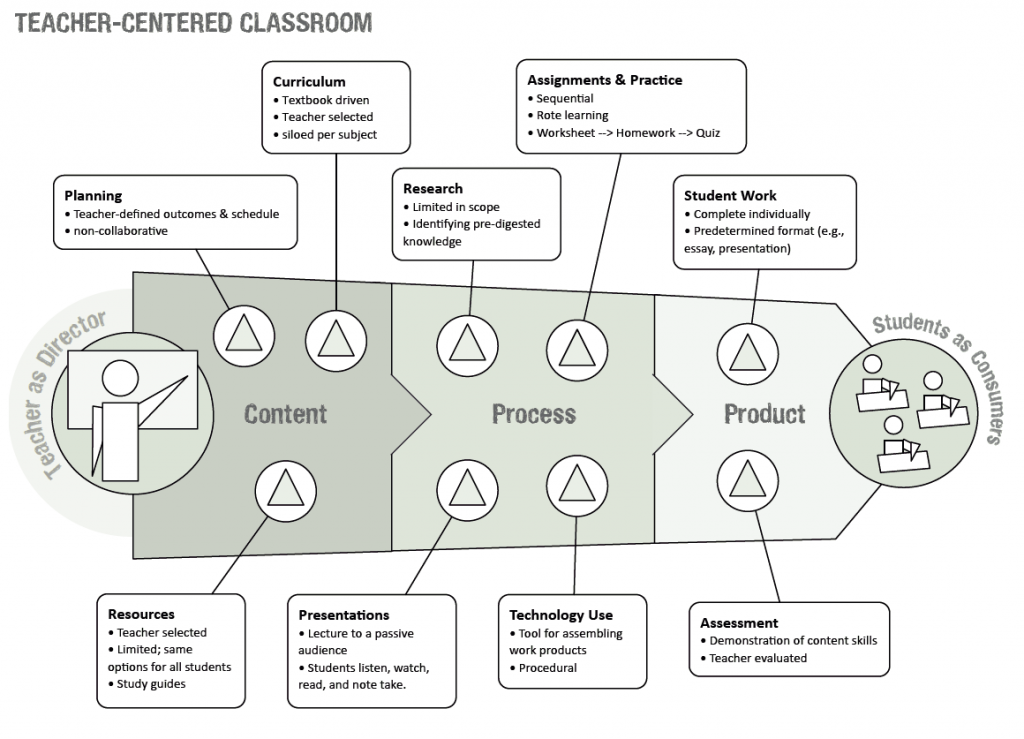In today’s modern world of highly urbanized societies and economic progressive countries the main focus of education has shifted from the teacher to the student. To compete globally with other cultures and a communities, students must learn to be independent, creative, self-reliant and resourceful to be able to mold them and be successful in their chosen careers, professional and personal lives. From a teacher-centered process, learning has evolved into a student-centered activity. From the traditional method of teacher to student transfer of information, it has changed to teacher guiding and facilitating students to gather information and knowledge by themselves thru the use of the computer and its varied ethological aspects. Of course, this new educational pattern can only be observed in well-off countries where the educational system has a very large budget and can afford to install all modern information technological devices in their schools. In the so called third world countries which unfortunately includes our own country - Philippines, the traditional method of teacher focused learning prevails. In fact the bare necessities of a classroom, desks and chairs are often lacking..!
SLC environment is giving the student’s active participation in the classroom. It can be noisy but still it is a good idea for developing students to be an independent learner and make them smart. But I don’t think that it is unwieldy because being a teacher she has still the right to control the behavior of the students inside the classroom. SCL become fun in a way that this process will involves interaction between the facilitator who was the teacher and towards the student. It can give more enjoyment because the students are given more educational activities that could enhance their skills and also could enhance their higher order thinking skills in order for them to manipulate a certain activity by their own.
Generally, the new school classroom environment is characterized by student individually or in groups:
- performing computer word processing for text or graph presentations
- preparing PowerPoint presentation
- searching for information on the internet
- brainstorming on ideas, problems and project plans as needed, the teacher facilitating instruction to serve individual needs.


The traditional and student centered learning are very much different traditional is more on teacher centered classroom, while for student-centered classroom requires the good outcome of the students. As I experience before that teacher in traditional setting just talk and talk without thinking if there students are learning.
As a future teacher i will not allow traditional way of teaching i will encourage them to do their task with my supervision and active participation. I also allow them in first hand experiences and focus on outcome based learning.